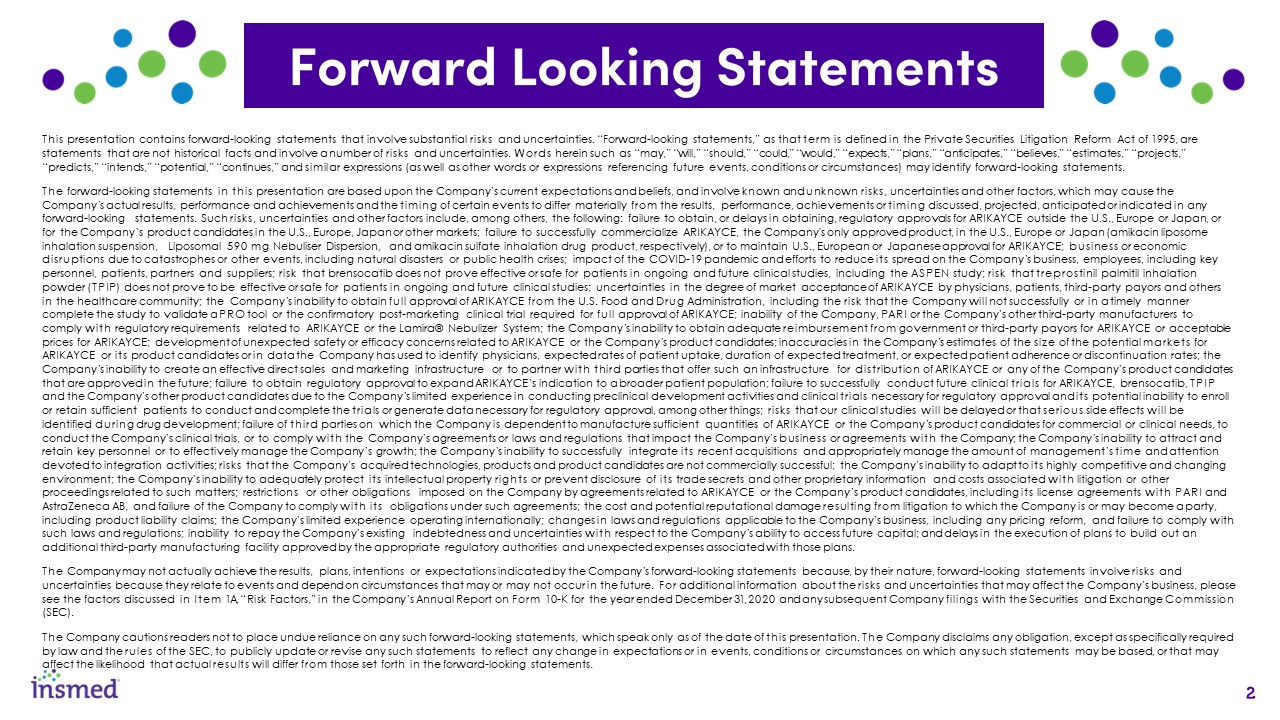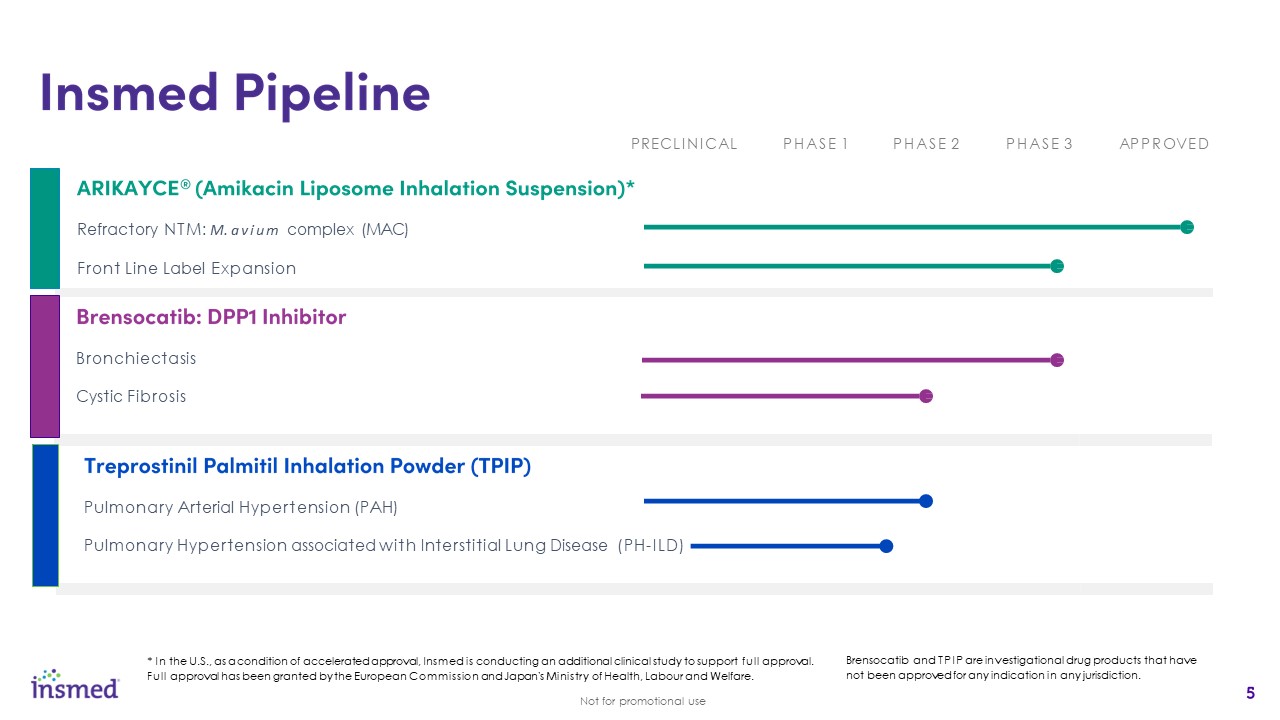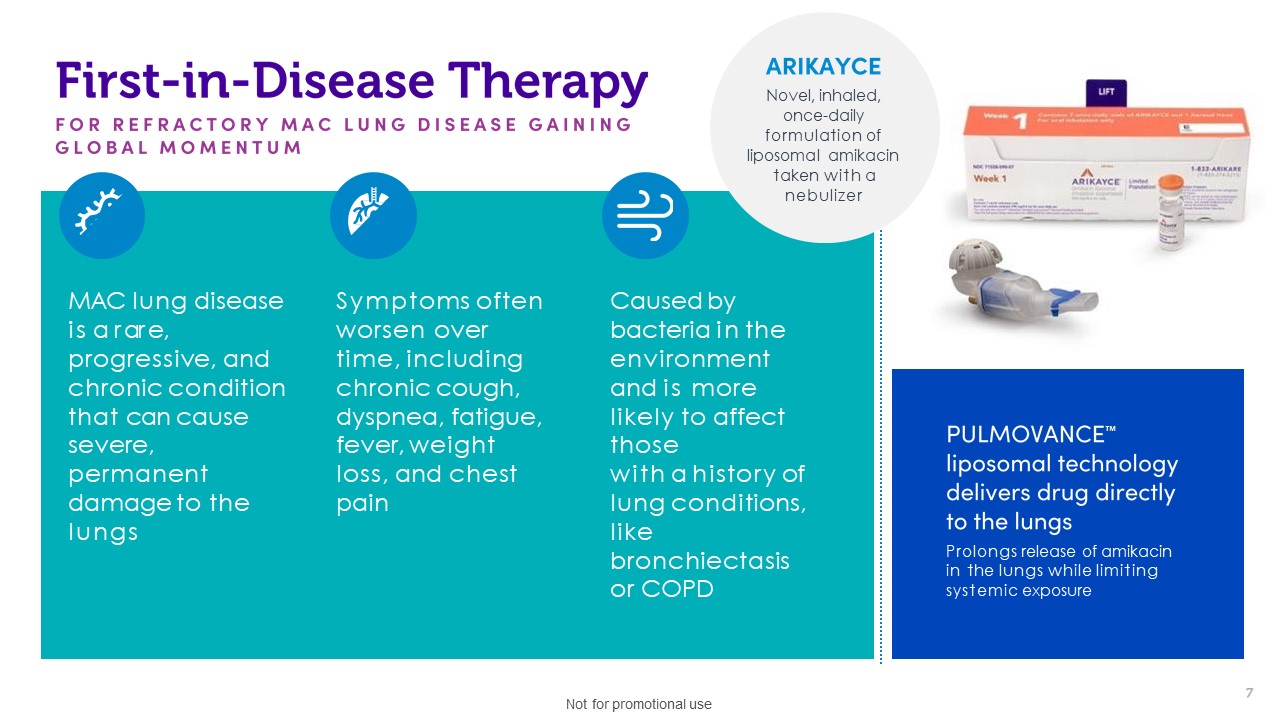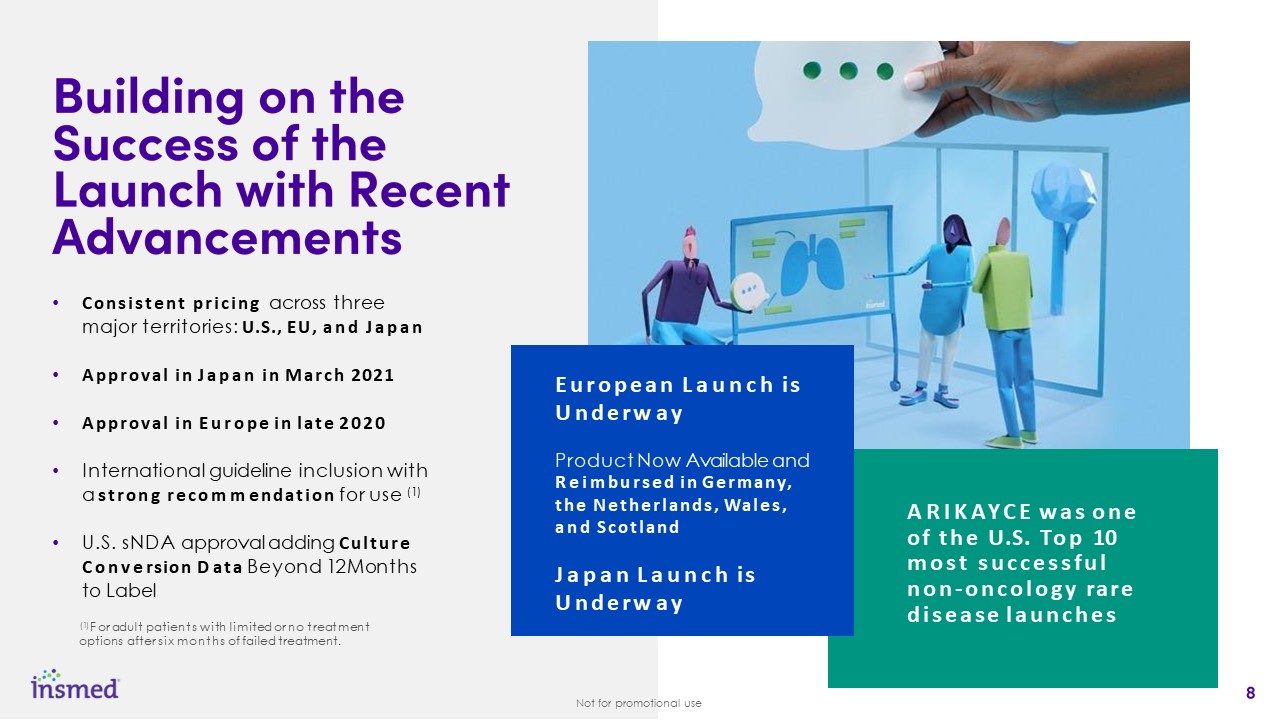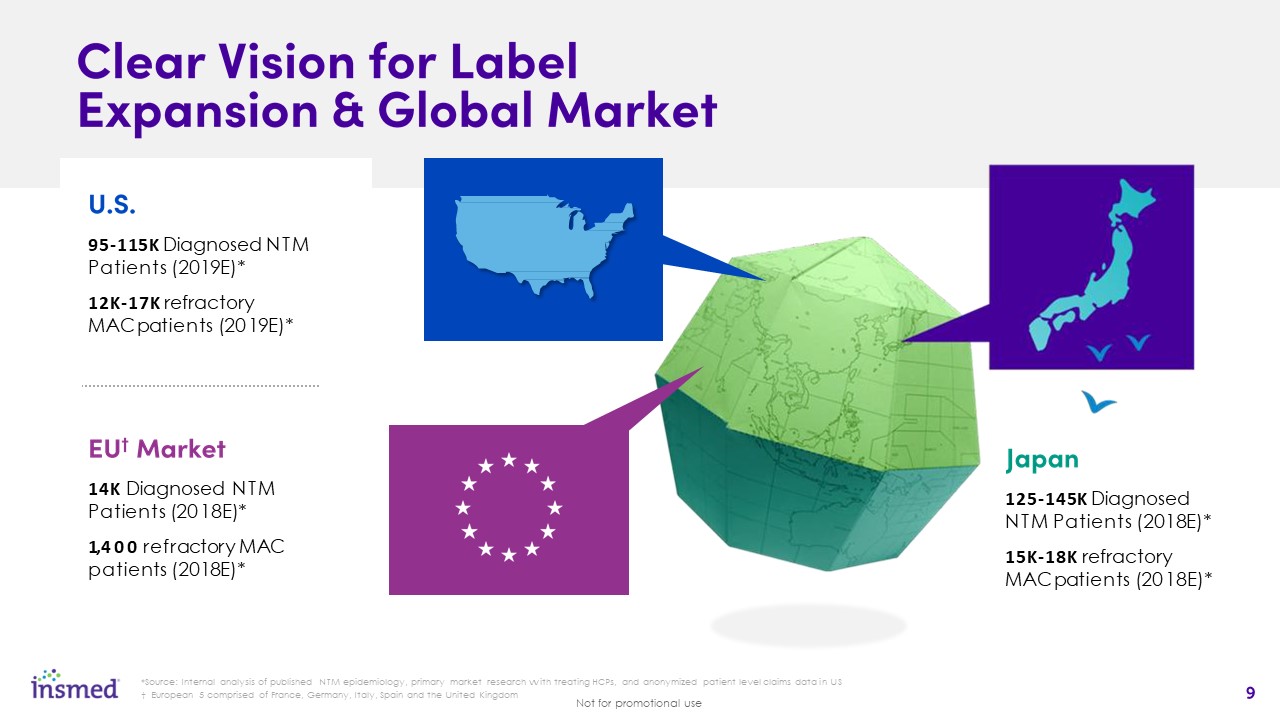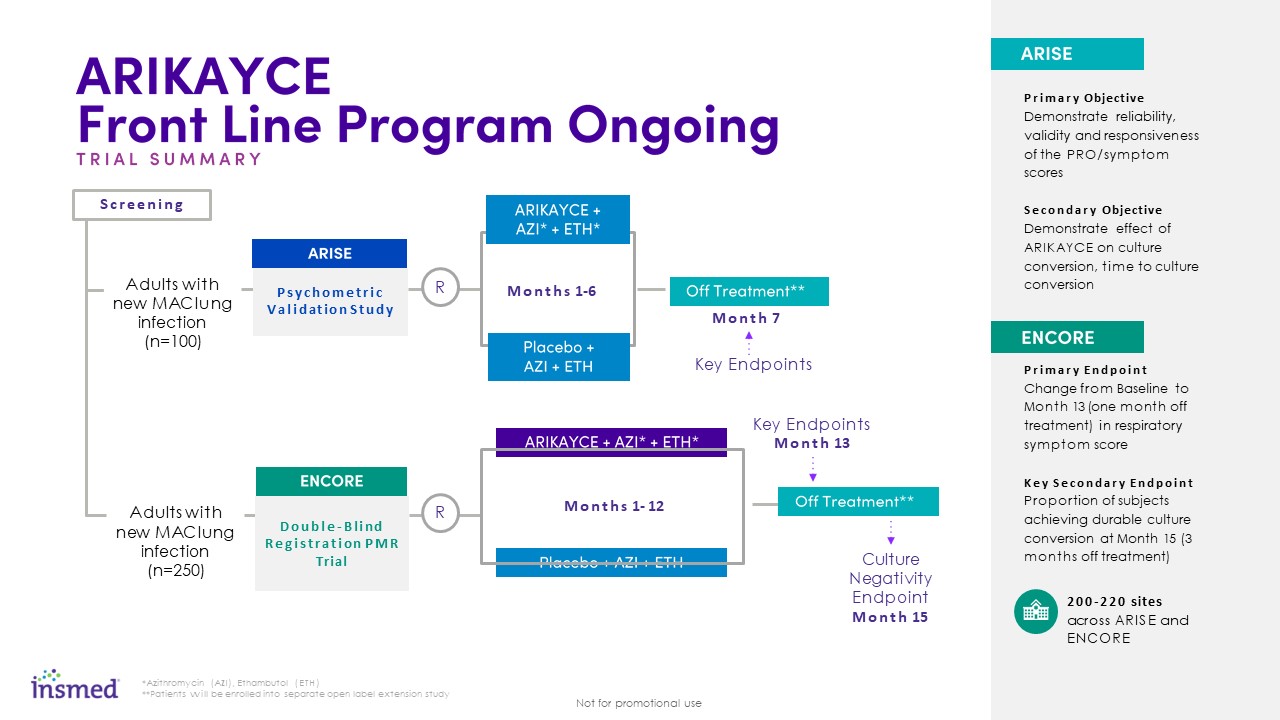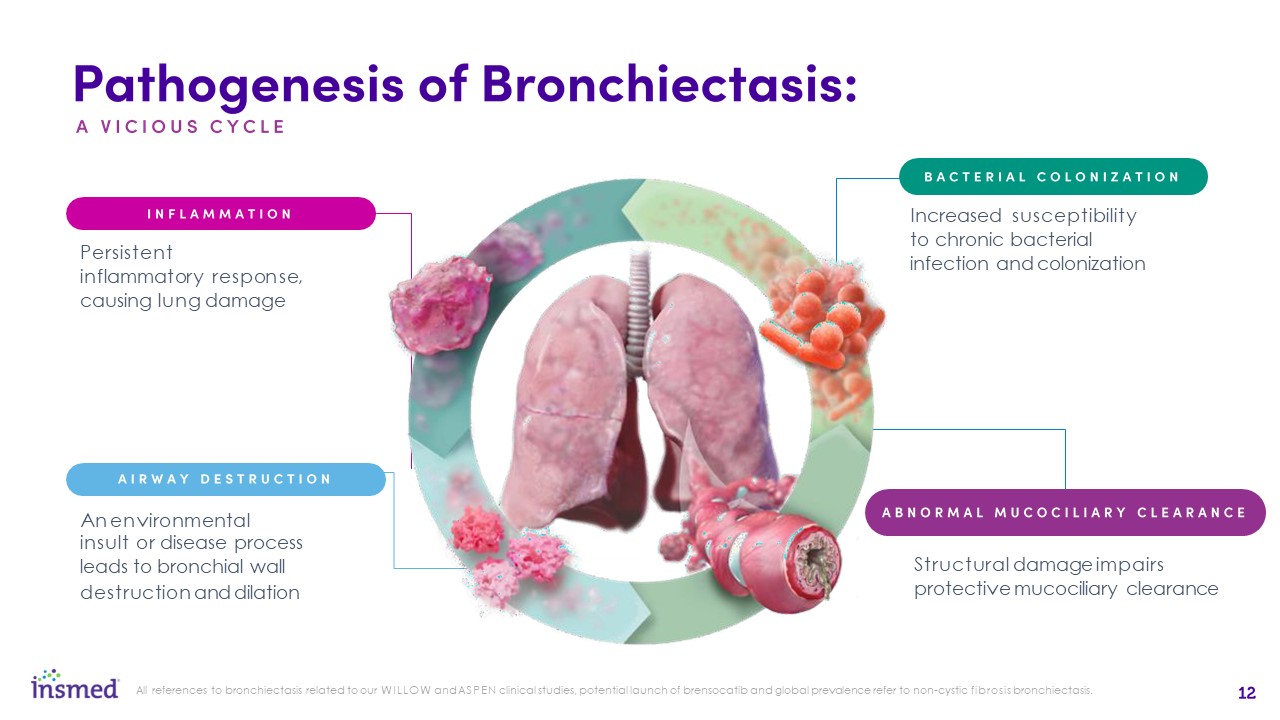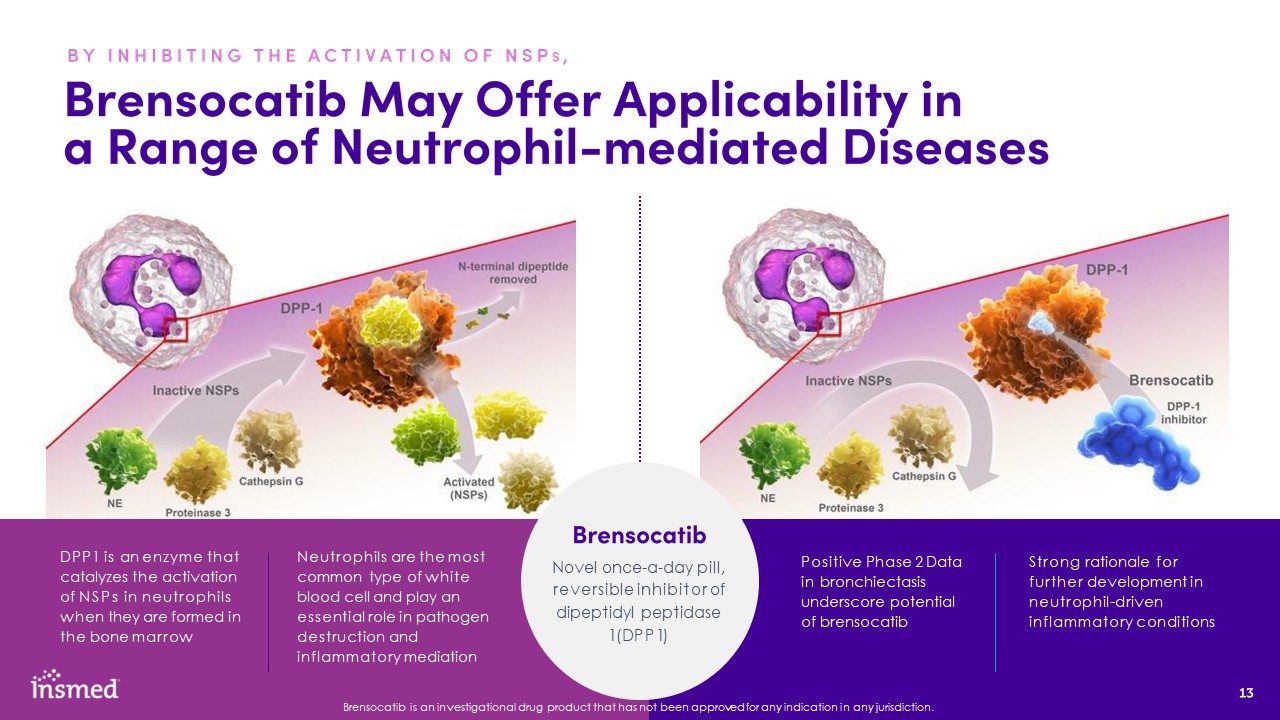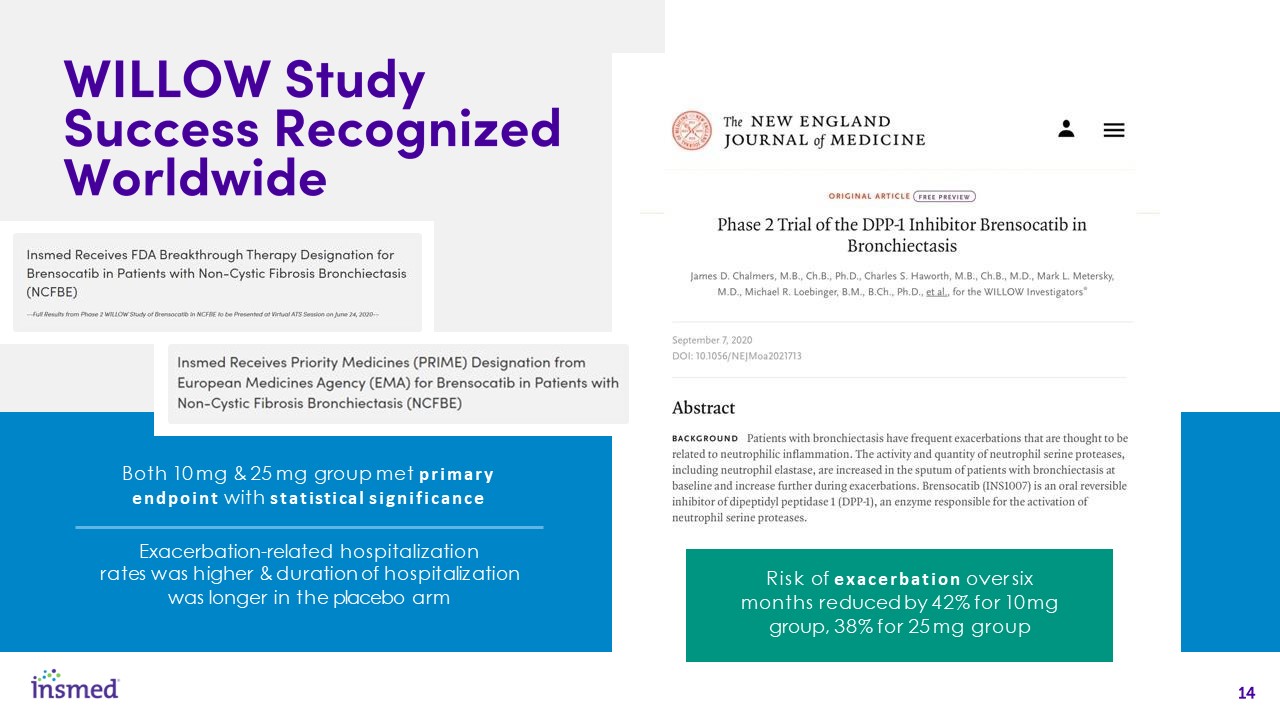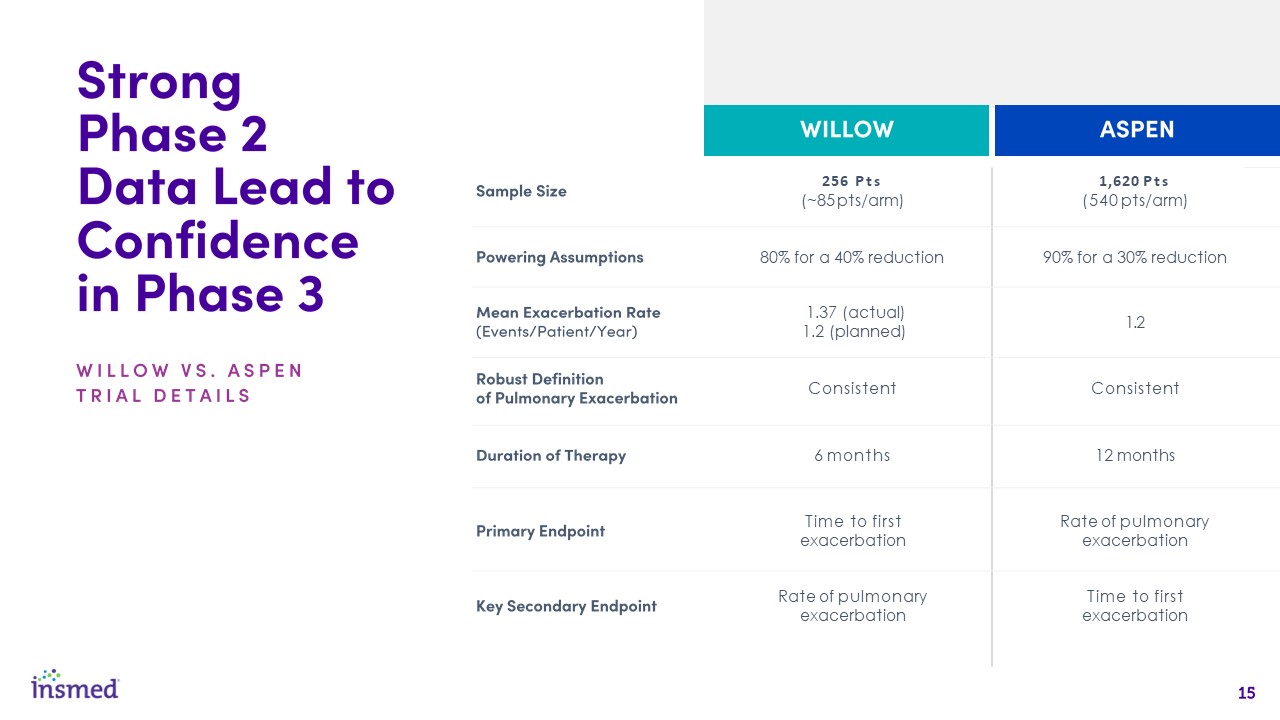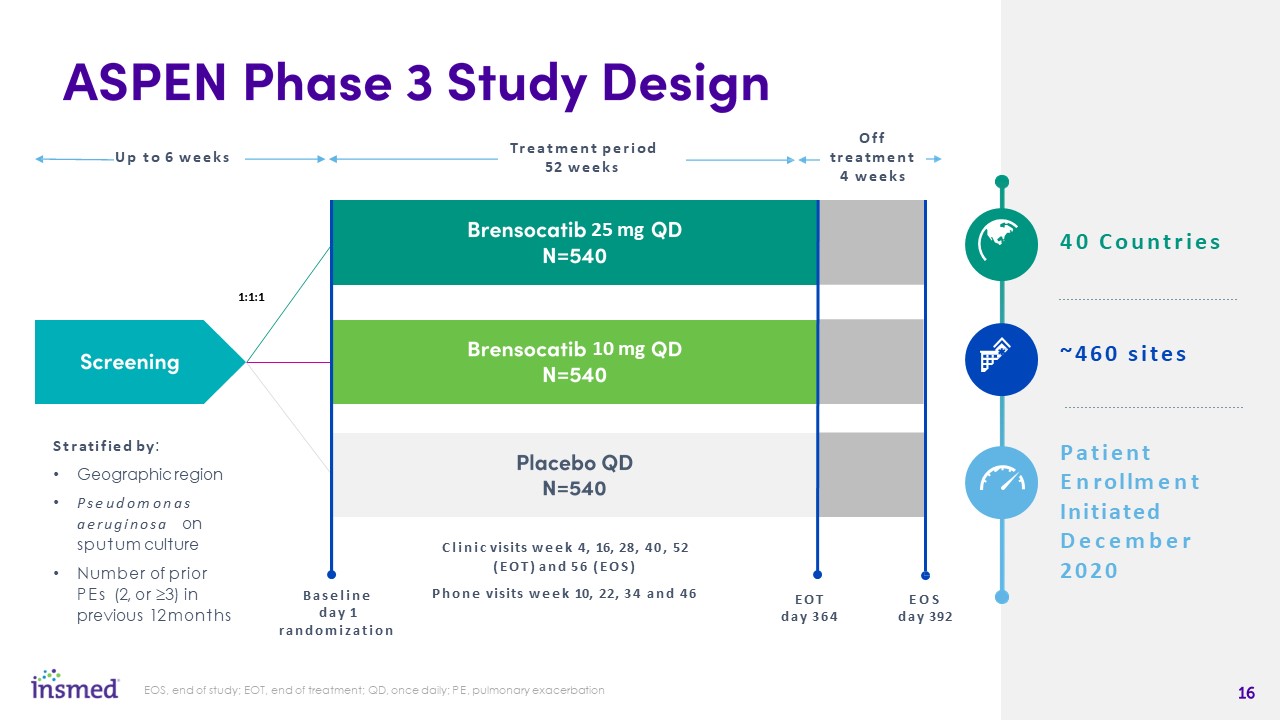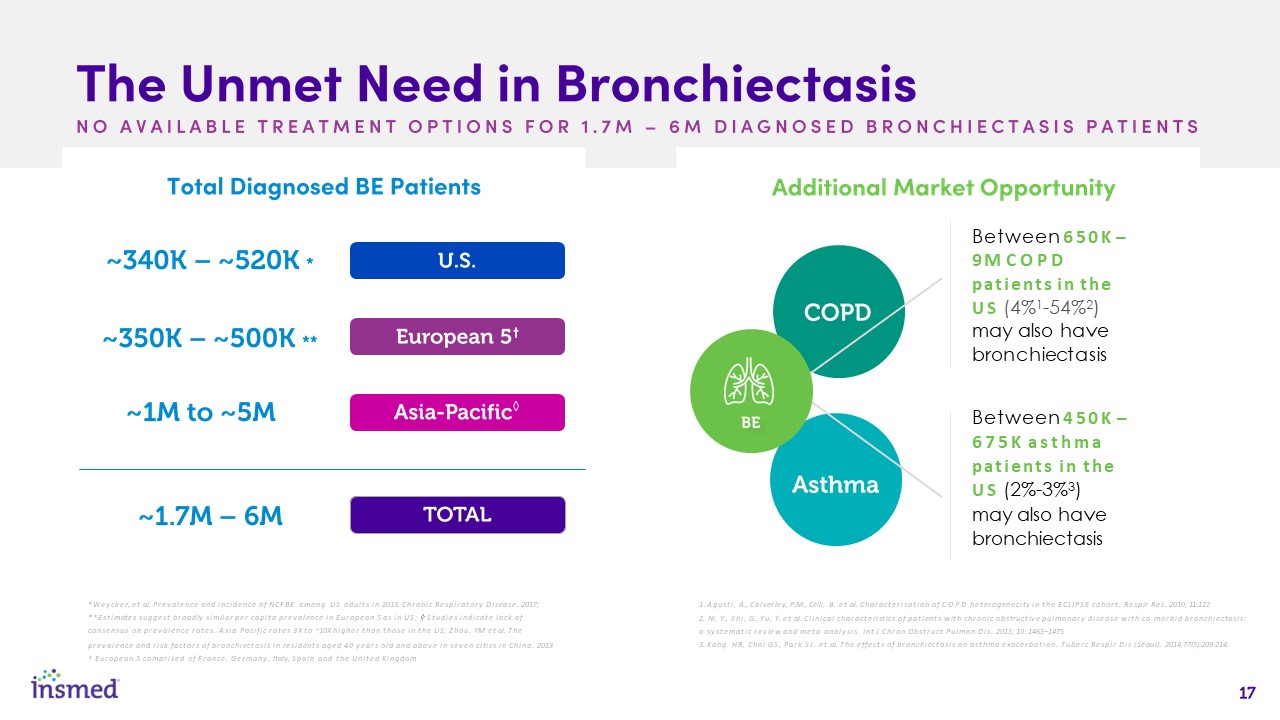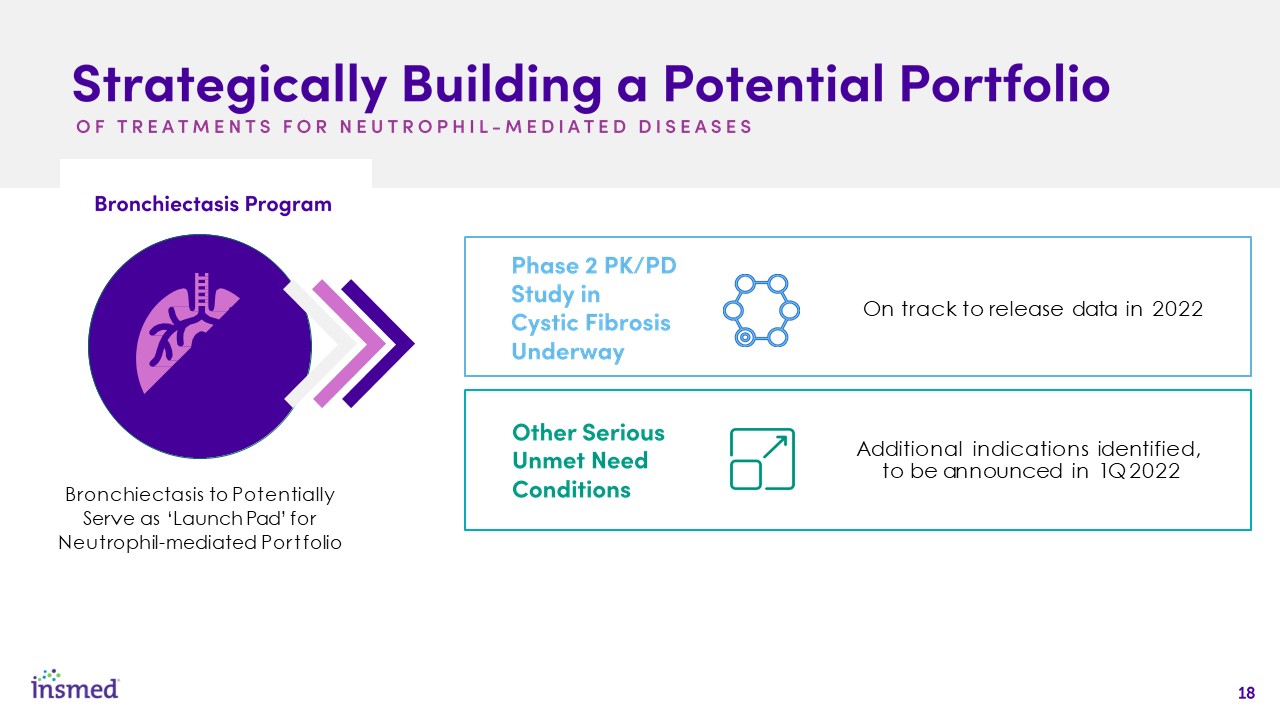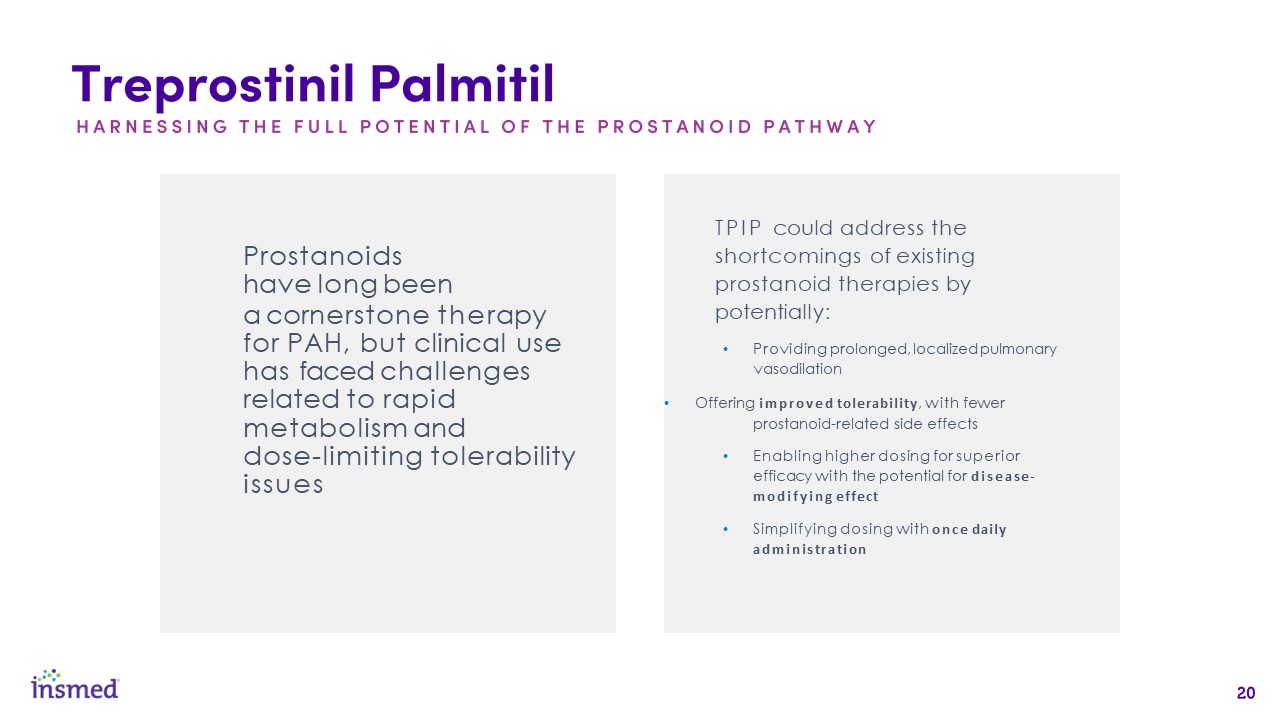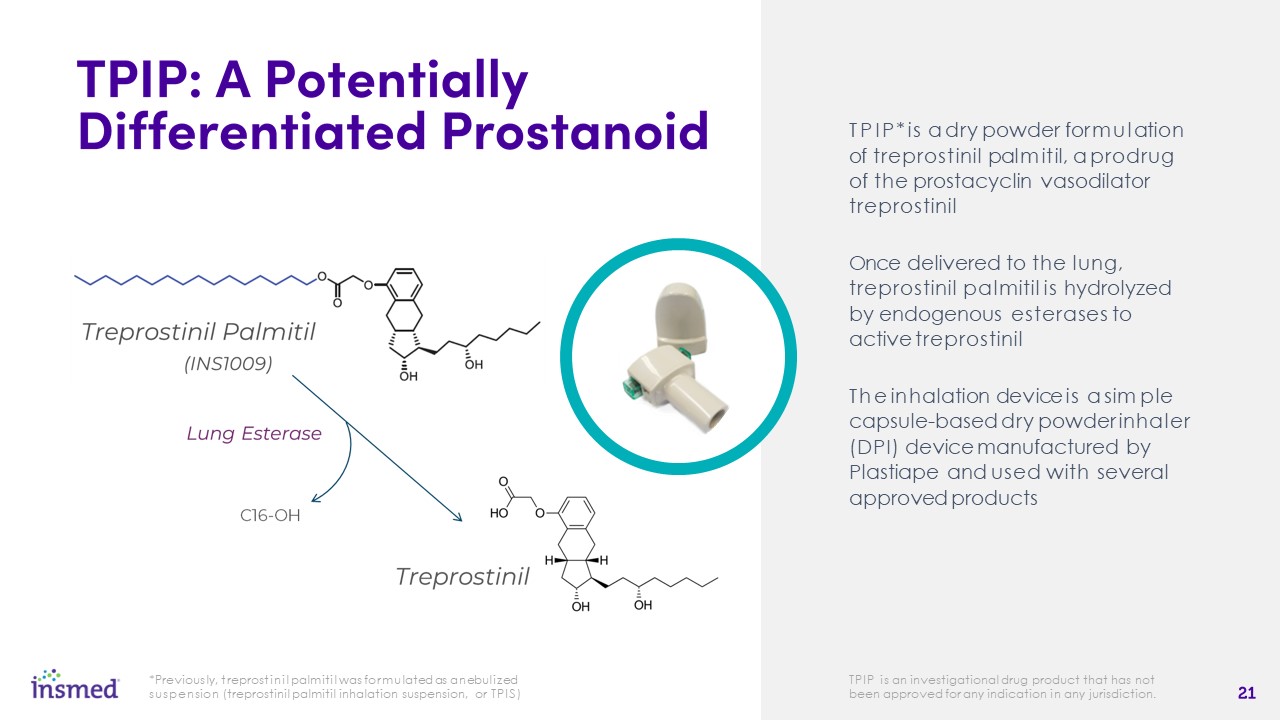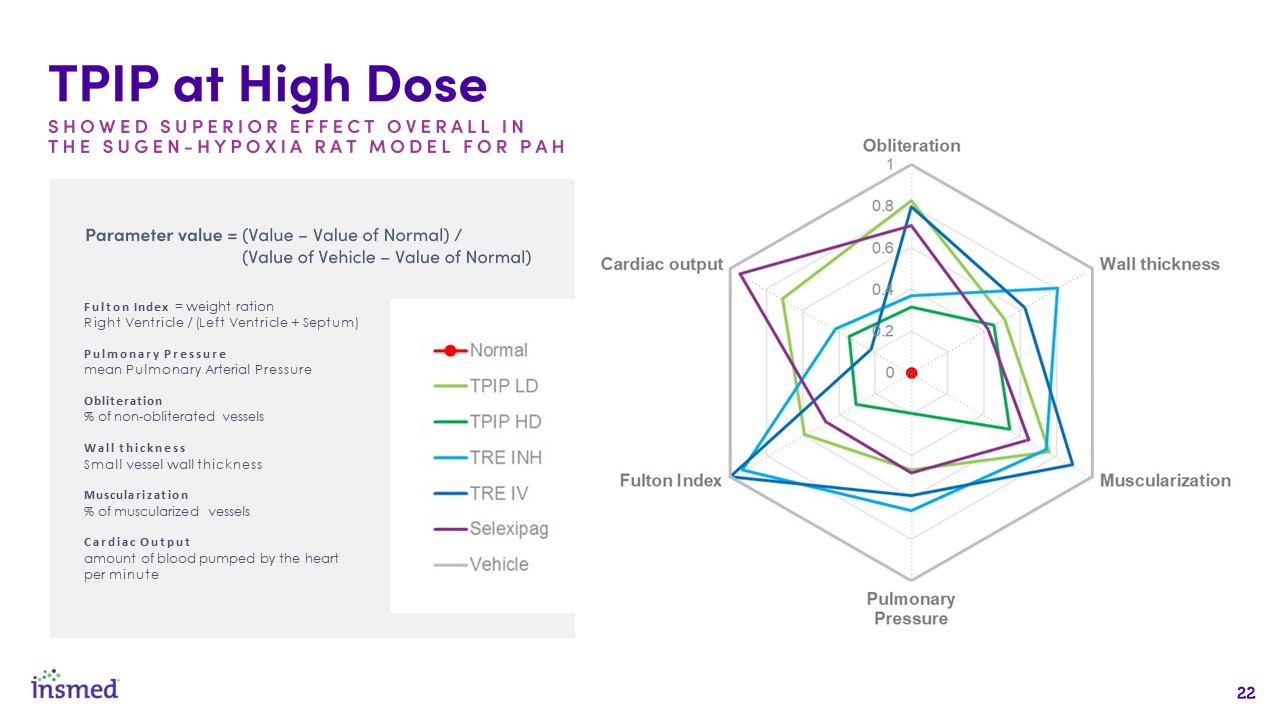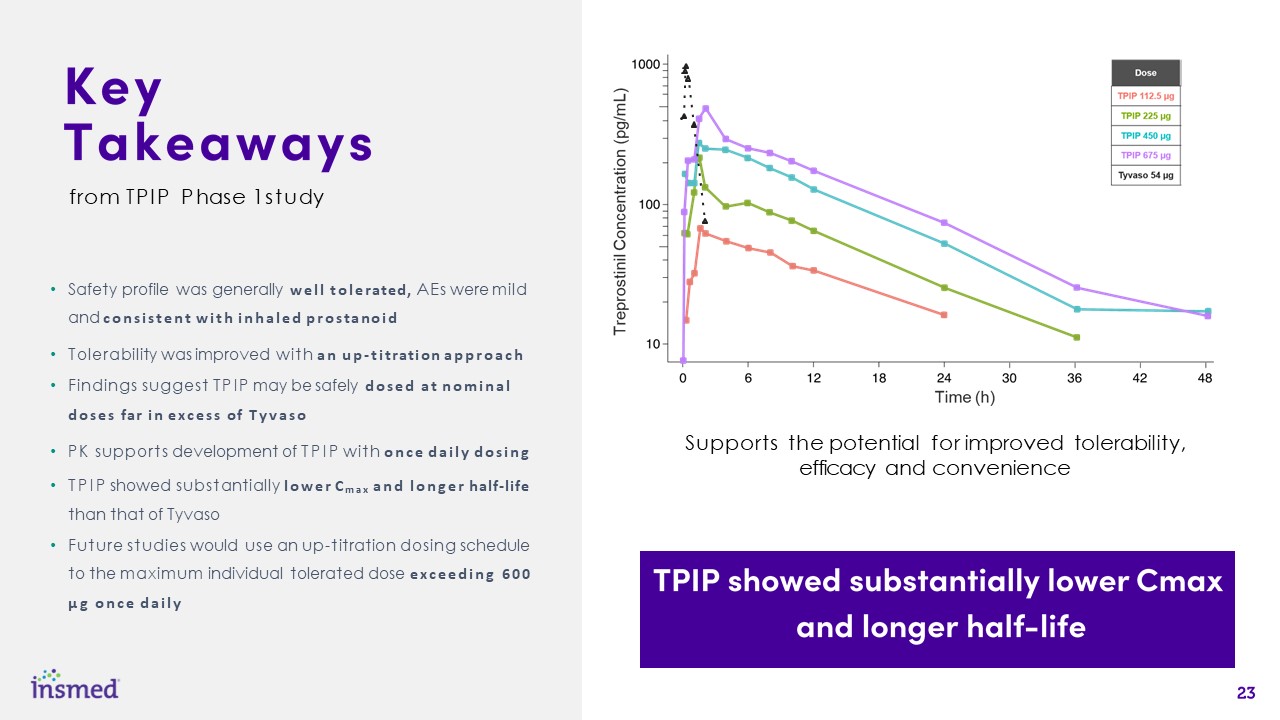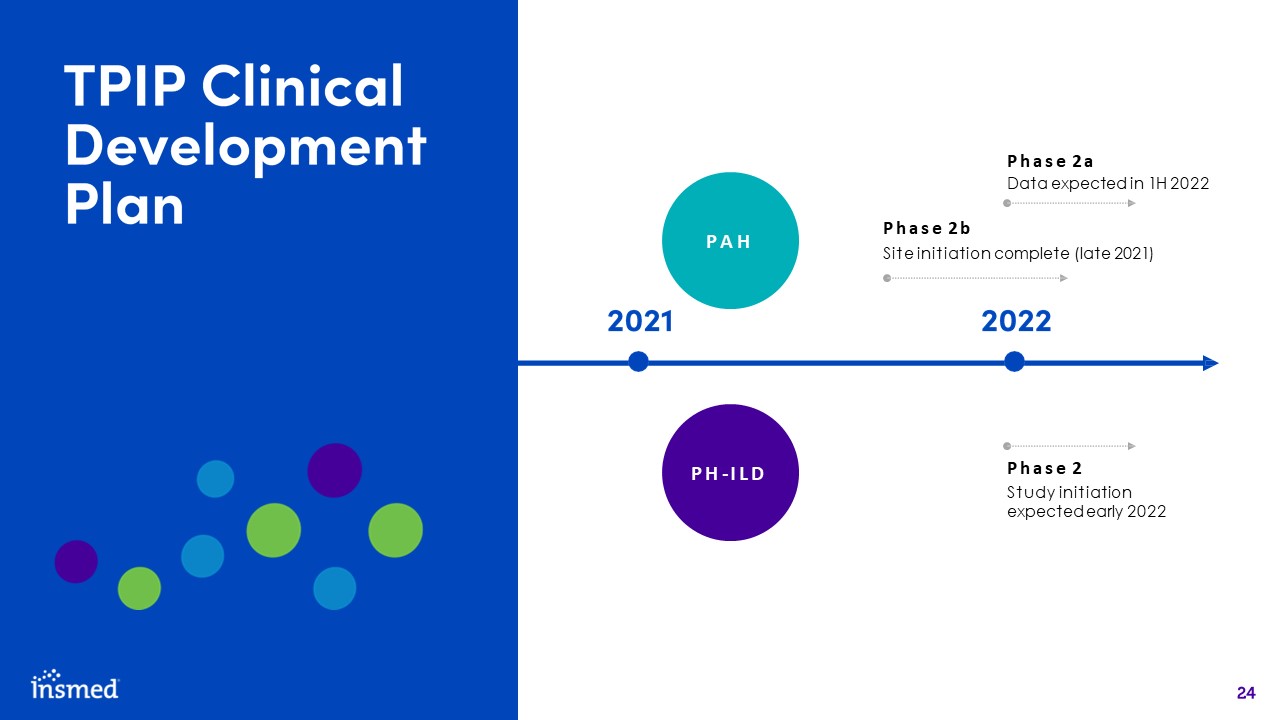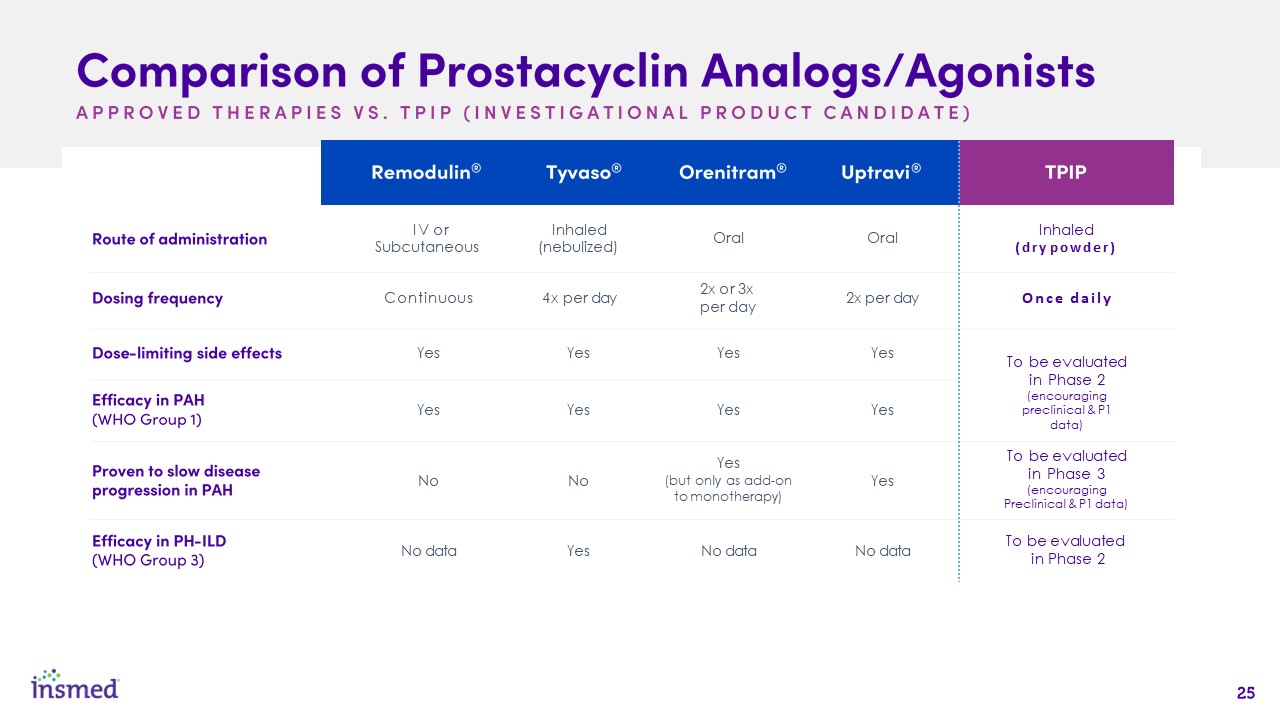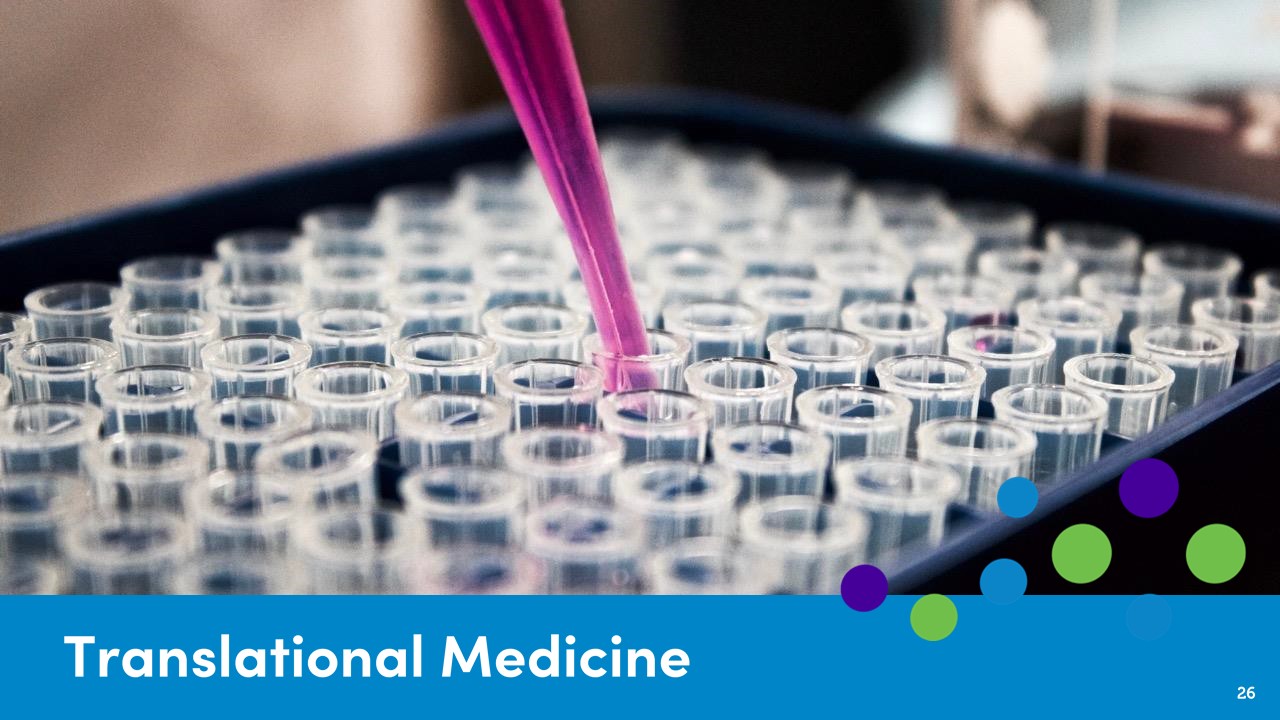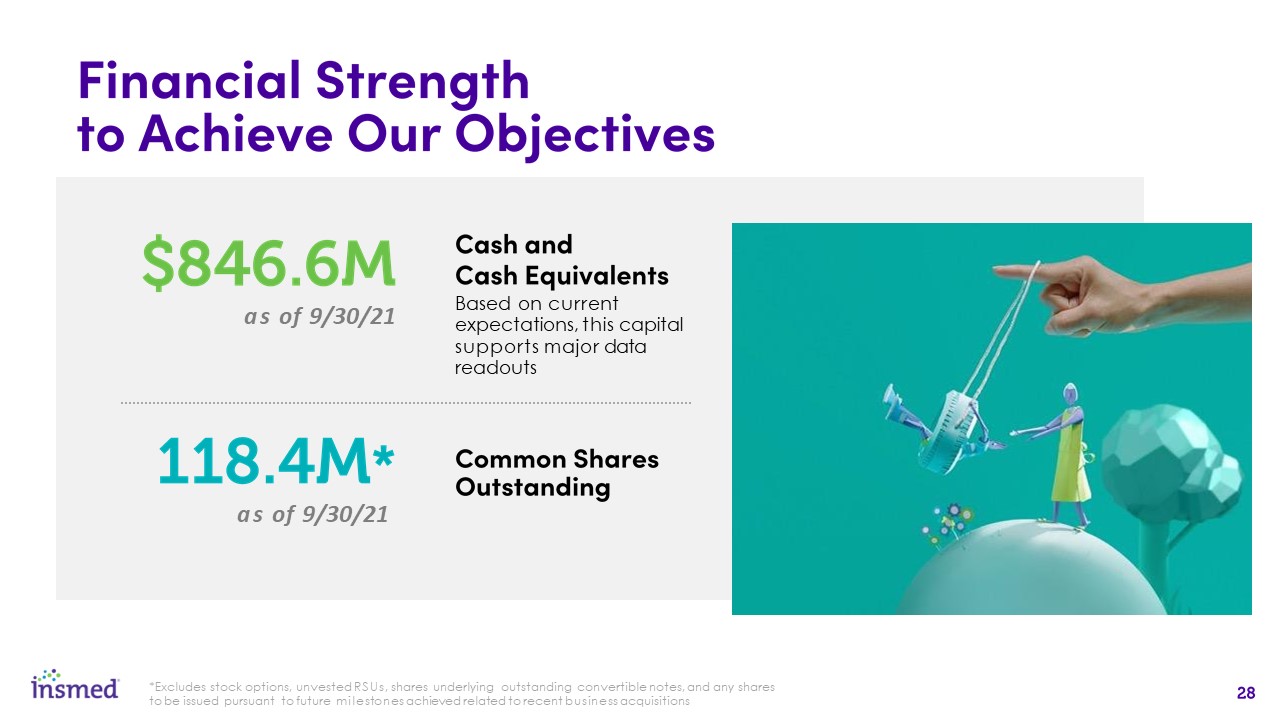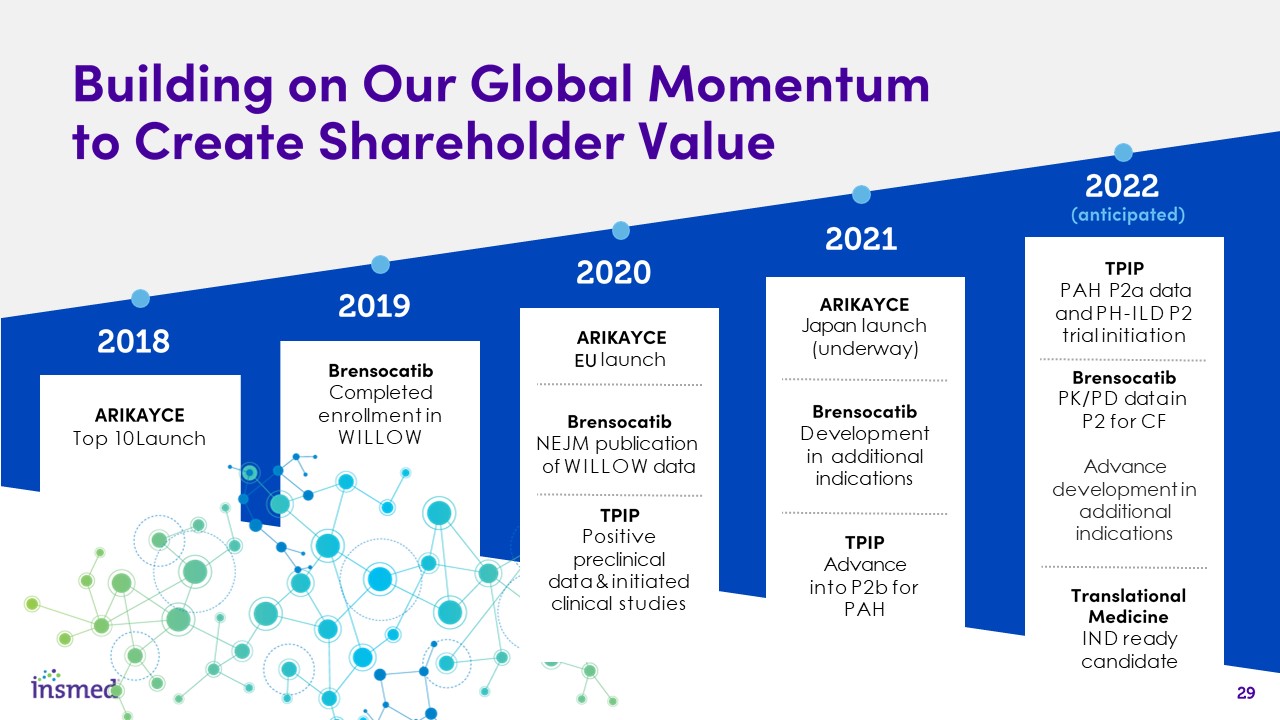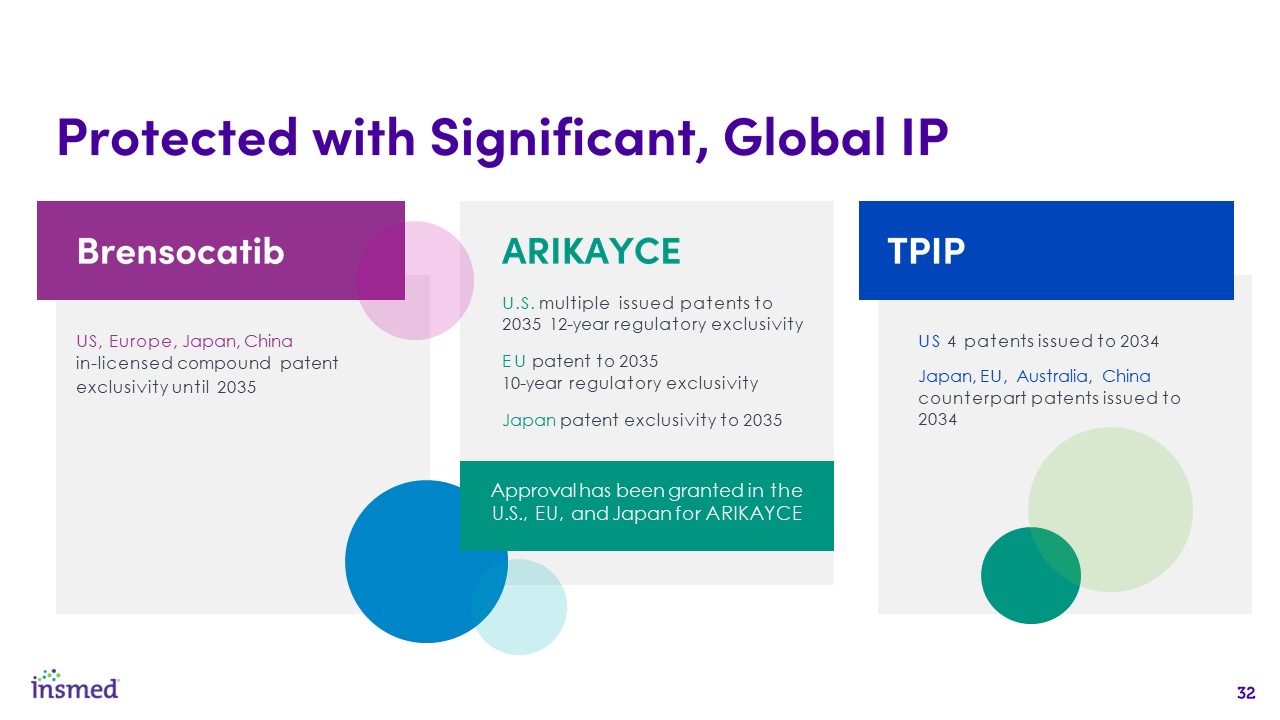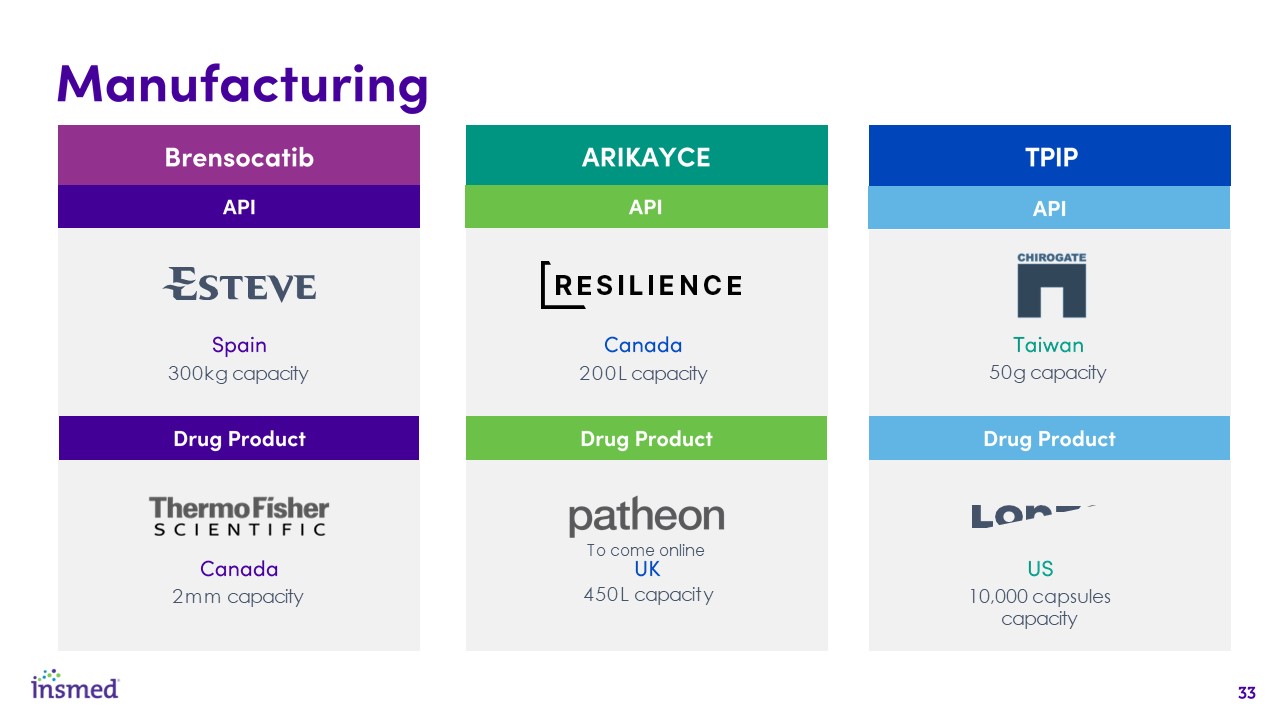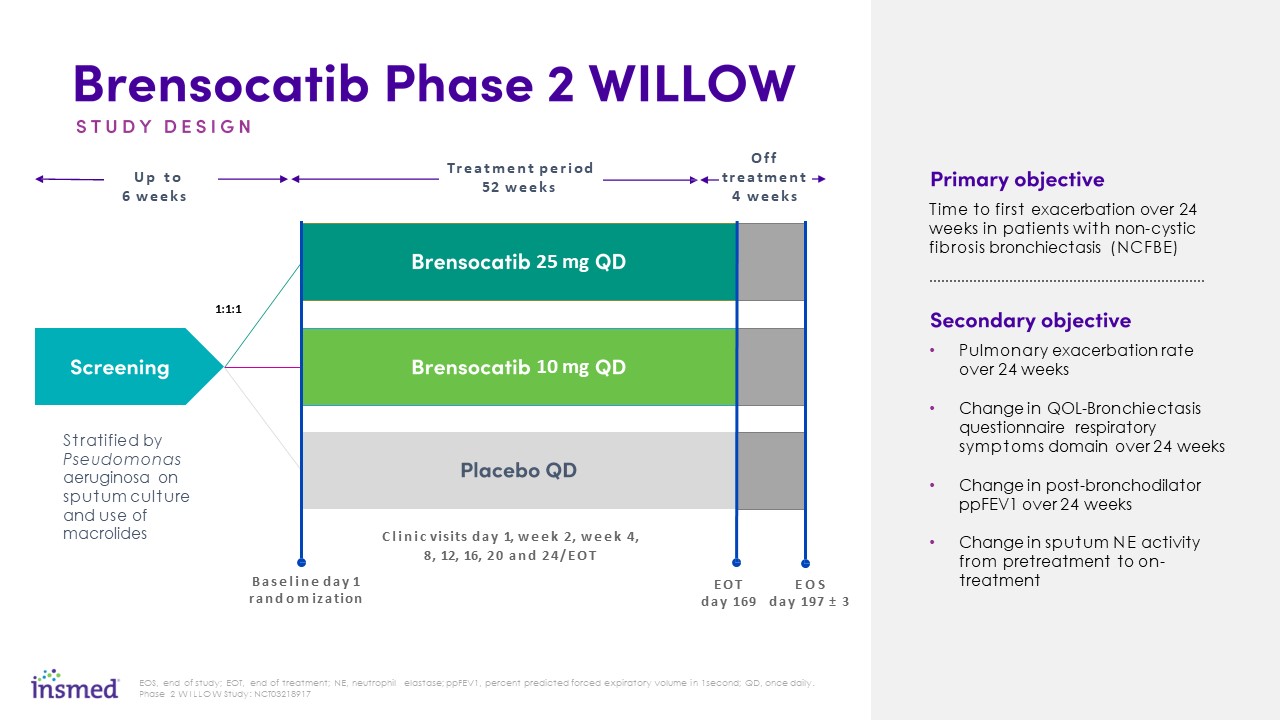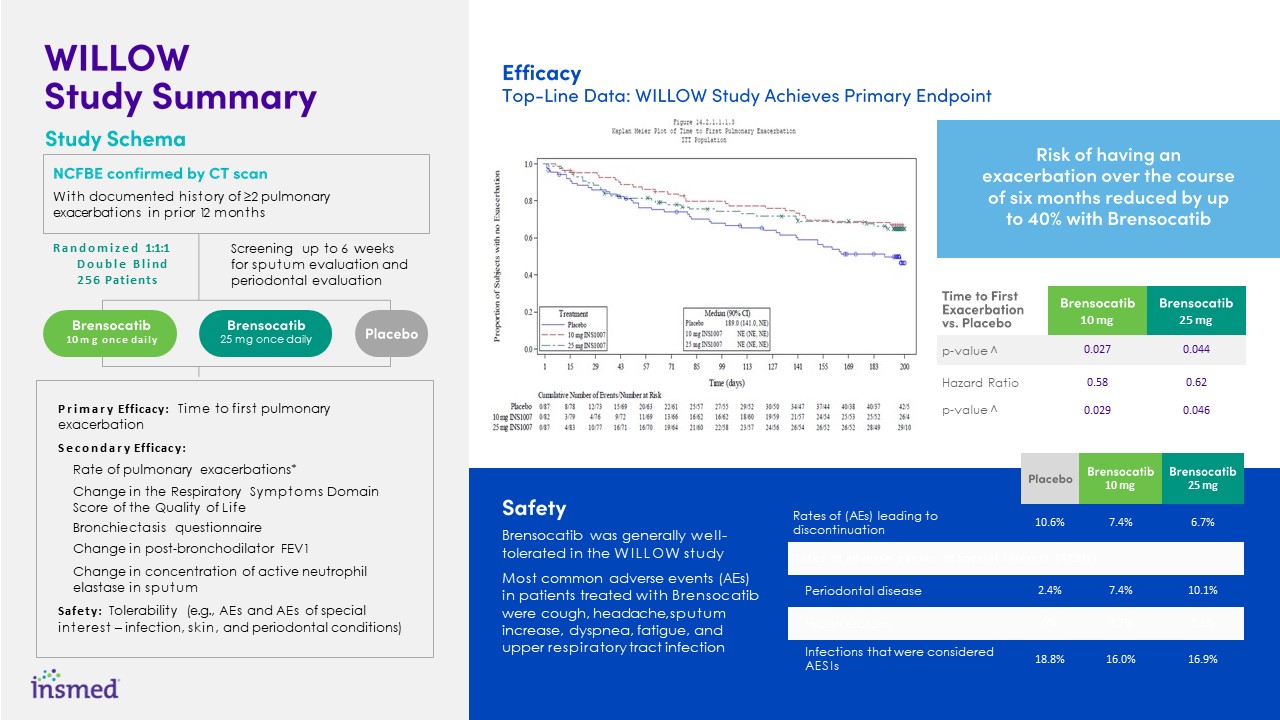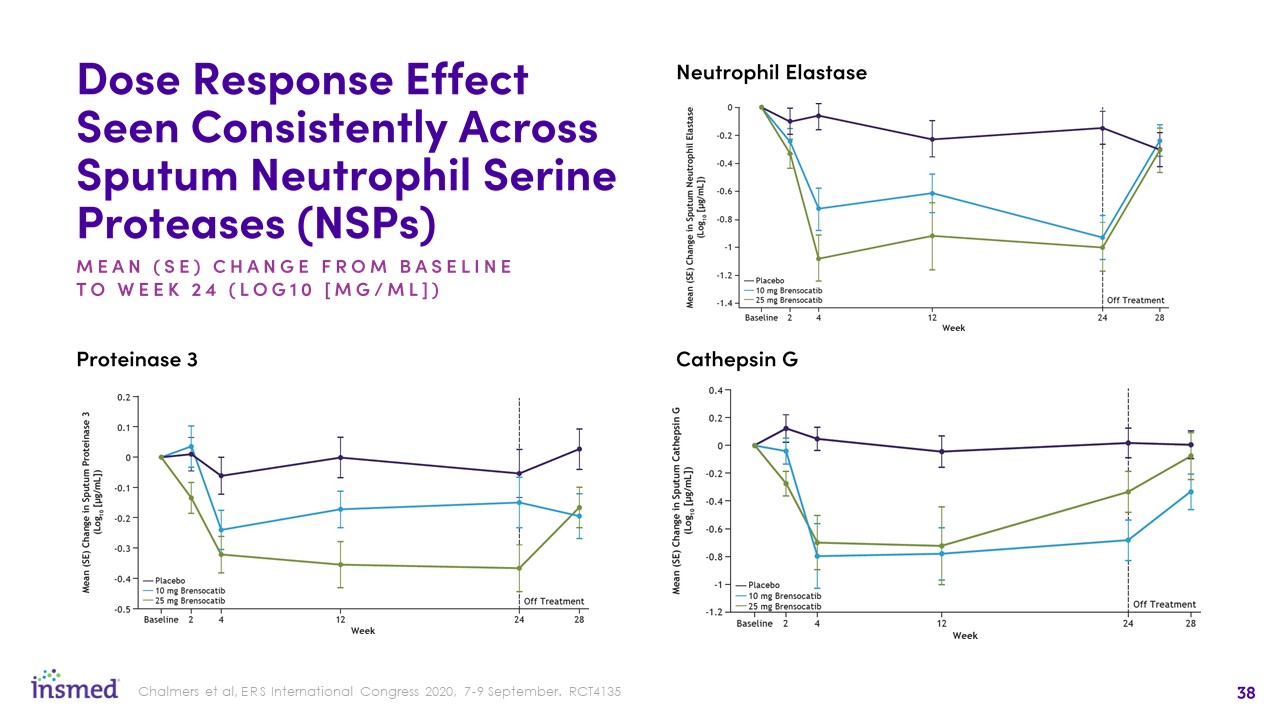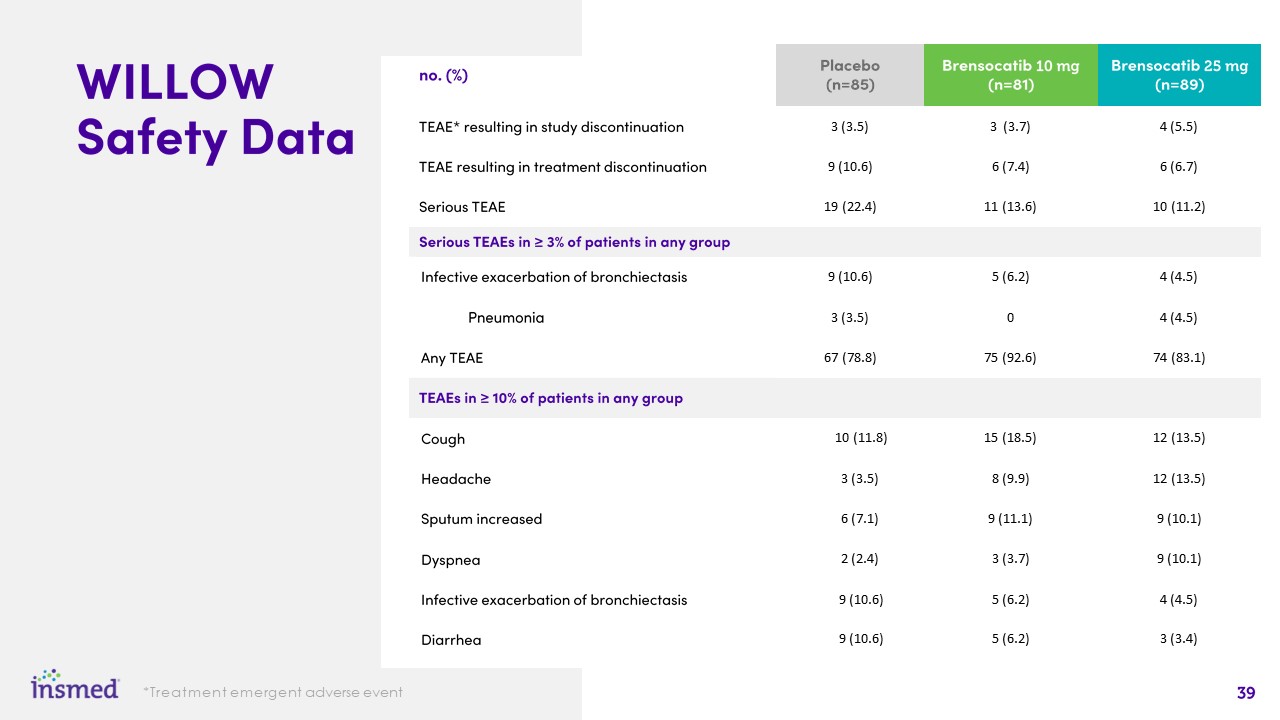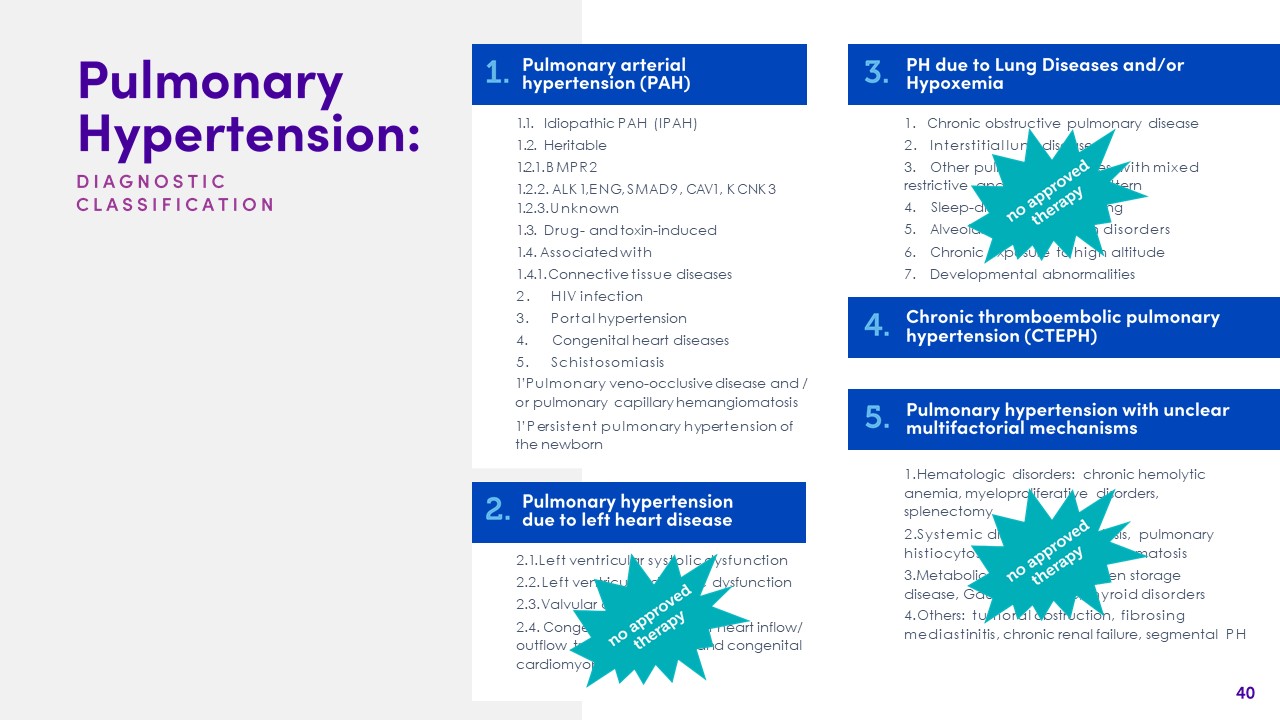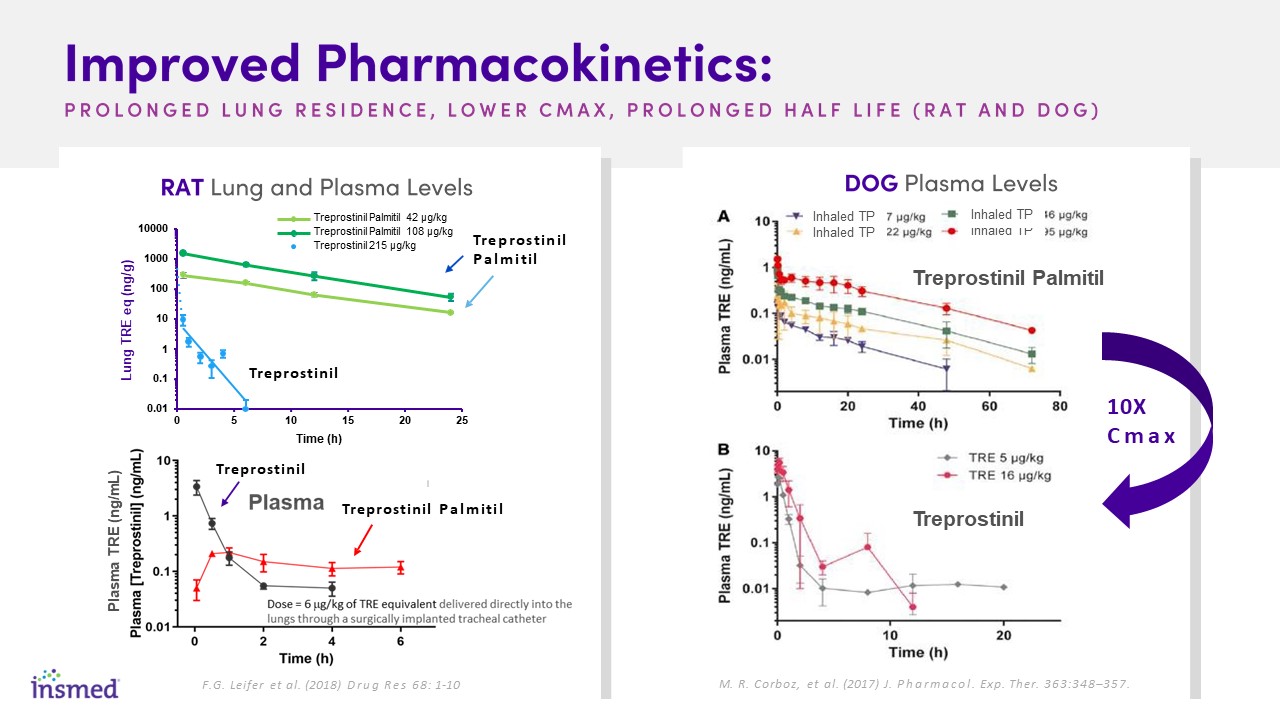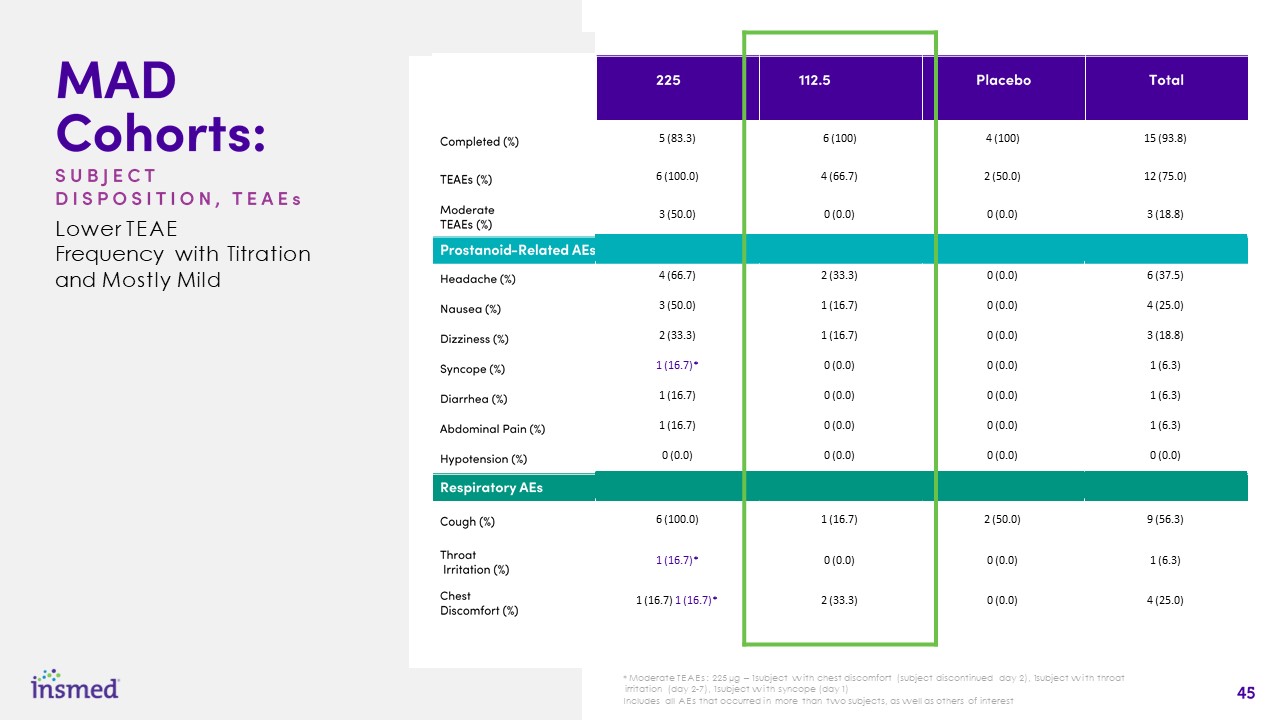This presentation contains forward-looking statements that involve substantial risks and uncertainties. “Forward-looking statements,” as that term is defined in the Private Securities Litigation Reform Act of 1995, are statements that are not historical facts and involve a number of risks and uncertainties. Words herein such as “may,” “will,” “should,” “could,” “would,” “expects,” “plans,” “anticipates,” “believes,” “estimates,” “projects,” “predicts,” “intends,” “potential,” “continues,” and similar expressions (as well as other words or expressions referencing future events, conditions or circumstances) may identify forward-looking statements.The forward-looking statements in this presentation are based upon the Company’s current expectations and beliefs, and involve known and unknown risks, uncertainties and other factors, which may cause the Company’s actual results, performance and achievements and the timing of certain events to differ materially from the results, performance, achievements or timing discussed, projected, anticipated or indicated in any forward-looking statements. Such risks, uncertainties and other factors include, among others, the following: failure to obtain, or delays in obtaining, regulatory approvals for ARIKAYCE outside the U.S., Europe or Japan, or for the Company’s product candidates in the U.S., Europe, Japan or other markets; failure to successfully commercialize ARIKAYCE, the Company's only approved product, in the U.S., Europe or Japan (amikacin liposome inhalation suspension, Liposomal 590 mg Nebuliser Dispersion, and amikacin sulfate inhalation drug product, respectively), or to maintain U.S., European or Japanese approval for ARIKAYCE; business or economic disruptions due to catastrophes or other events, including natural disasters or public health crises; impact of the COVID-19 pandemic and efforts to reduce its spread on the Company’s business, employees, including key personnel, patients, partners and suppliers; risk that brensocatib does not prove effective or safe for patients in ongoing and future clinical studies, including the ASPEN study; risk that treprostinil palmitil inhalation powder (TPIP) does not prove to be effective or safe for patients in ongoing and future clinical studies; uncertainties in the degree of market acceptance of ARIKAYCE by physicians, patients, third-party payors and others in the healthcare community; the Company’s inability to obtain full approval of ARIKAYCE from the U.S. Food and Drug Administration, including the risk that the Company will not successfully or in a timely manner complete the study to validate a PRO tool or the confirmatory post-marketing clinical trial required for full approval of ARIKAYCE; inability of the Company, PARI or the Company’s other third-party manufacturers to comply with regulatory requirements related to ARIKAYCE or the Lamira® Nebulizer System; the Company’s inability to obtain adequate reimbursement from government or third-party payors for ARIKAYCE or acceptable prices for ARIKAYCE; development of unexpected safety or efficacy concerns related to ARIKAYCE or the Company’s product candidates; inaccuracies in the Company’s estimates of the size of the potential markets for ARIKAYCE or its product candidates or in data the Company has used to identify physicians, expected rates of patient uptake, duration of expected treatment, or expected patient adherence or discontinuation rates; the Company’s inability to create an effective direct sales and marketing infrastructure or to partner with third parties that offer such an infrastructure for distribution of ARIKAYCE or any of the Company’s product candidates that are approved in the future; failure to obtain regulatory approval to expand ARIKAYCE’s indication to a broader patient population; failure to successfully conduct future clinical trials for ARIKAYCE, brensocatib, TPIP and the Company’s other product candidates due to the Company’s limited experience in conducting preclinical development activities and clinical trials necessary for regulatory approval and its potential inability to enroll or retain sufficient patients to conduct and complete the trials or generate data necessary for regulatory approval, among other things; risks that our clinical studies will be delayed or that serious side effects will be identified during drug development; failure of third parties on which the Company is dependent to manufacture sufficient quantities of ARIKAYCE or the Company’s product candidates for commercial or clinical needs, to conduct the Company’s clinical trials, or to comply with the Company’s agreements or laws and regulations that impact the Company’s business or agreements with the Company; the Company’s inability to attract and retain key personnel or to effectively manage the Company’s growth; the Company’s inability to successfully integrate its recent acquisitions and appropriately manage the amount of management’s time and attention devoted to integration activities; risks that the Company’s acquired technologies, products and product candidates are not commercially successful; the Company’s inability to adapt to its highly competitive and changing environment; the Company’s inability to adequately protect its intellectual property rights or prevent disclosure of its trade secrets and other proprietary information and costs associated with litigation or other proceedings related to such matters; restrictions or other obligations imposed on the Company by agreements related to ARIKAYCE or the Company’s product candidates, including its license agreements with PARI and AstraZeneca AB, and failure of the Company to comply with its obligations under such agreements; the cost and potential reputational damage resulting from litigation to which the Company is or may become a party, including product liability claims; the Company’s limited experience operating internationally; changes in laws and regulations applicable to the Company’s business, including any pricing reform, and failure to comply with such laws and regulations; inability to repay the Company’s existing indebtedness and uncertainties with respect to the Company’s ability to access future capital; and delays in the execution of plans to build out an additional third-party manufacturing facility approved by the appropriate regulatory authorities and unexpected expenses associated with those plans.The Company may not actually achieve the results, plans, intentions or expectations indicated by the Company’s forward-looking statements because, by their nature, forward-looking statements involve risks and uncertainties because they relate to events and depend on circumstances that may or may not occur in the future. For additional information about the risks and uncertainties that may affect the Company’s business, please see the factors discussed in Item 1A, “Risk Factors,” in the Company’s Annual Report on Form 10-K for the year ended December 31, 2020 and any subsequent Company filings with the Securities and Exchange Commission (SEC).The Company cautions readers not to place undue reliance on any such forward-looking statements, which speak only as of the date of this presentation. The Company disclaims any obligation, except as specifically required by law and the rules of the SEC, to publicly update or revise any such statements to reflect any change in expectations or in events, conditions or circumstances on which any such statements may be based, or that may affect the likelihood that actual results will differ from those set forth in the forward-looking statements.

